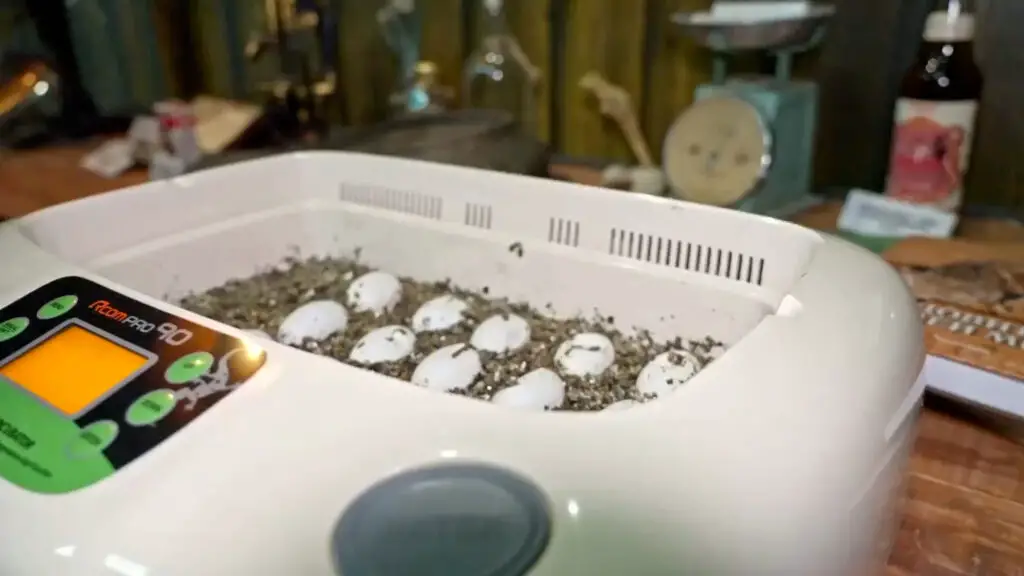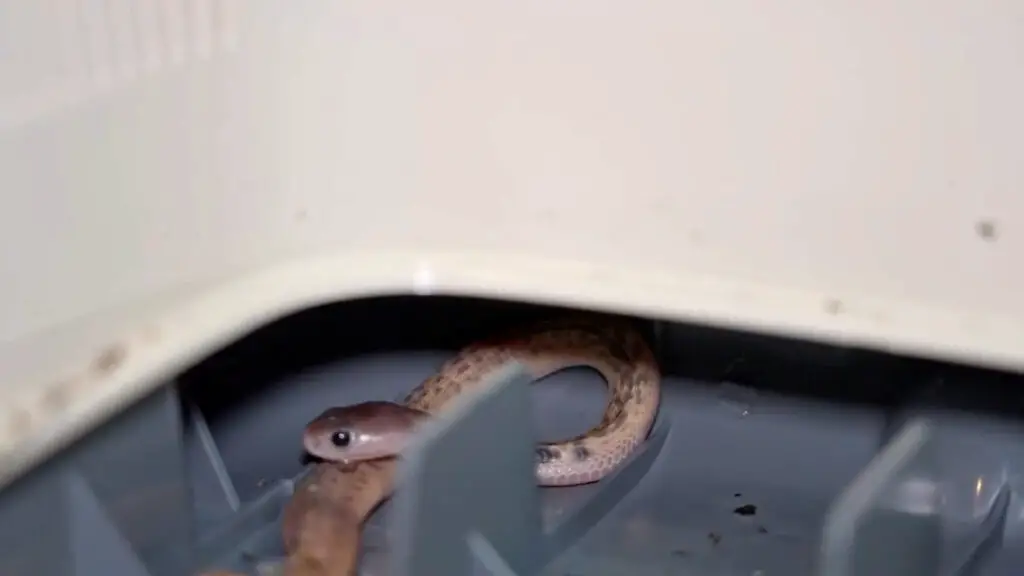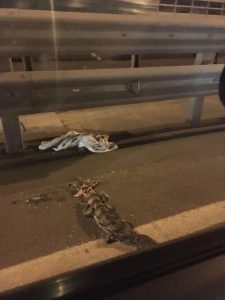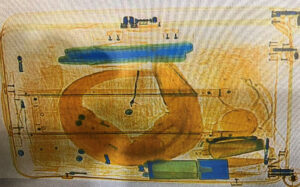This is the moment cautious zookeepers in Russia show off a brood of highly venomous baby spitting cobras who already seem ready to see off any would-be attackers.
The nine hatchlings emerged following two months in an incubator after their mum gave birth to a clutch of eggs at Moscow Zoo.
And footage released by reptile experts at the zoo shows that the youngsters, known as snakelets, may be small but they can be dangerous little nippers.
As one keeper reveals a young snake’s hiding place in a cardboard egg crate, it flares its hood as a warning to keep back or face some of the most toxic venom on the planet.
Not only can spitting cobras deliver a powerful bite, but they can also eject streams of venom at their prey and enemies.
Although the venom is usually harmless to unbroken skin in humans, if it hits the eyes, it can cause permanent blindness, warn experts.
The zoo footage, released on 23rd May, was the hatchlings’, also known as Siamese cobras, first exposure to wildlife lovers.

Newsflash obtained a statement from Moscow Zoo saying: “We have Siamese cobras hatching – and for the first time, everyone can see them.
“Two months ago, we received a clutch of eggs from our Siamese cobras – a rather rare and extremely venomous species.
“The eggs were placed in an incubator. Nine hatchlings have already emerged, and possibly three more may appear.”
They added: “The Moscow Zoo has been successfully breeding Siamese cobras for over 10 years.
“However, this year, for the first time, the incubator was placed on display in the ‘Snake Charmer’s Hut’, giving every visitor the chance to see a baby cobra hatch.
“In the incubator, the humidity is maintained at up to 90 per cent and the temperature ranges between 29 and 23 degrees Celsius.

“The eggs spend over two months on sterilised vermiculite.
“When the hatchlings emerge, they crawl into the incubator’s tray. They stay there for a day, after which they are moved to a temporary container.
“In the container, the humidity remains the same, but the temperature can be slightly lower – 25-26 degrees Celsius.
“A local heat spot is provided, along with many necessary hiding places for the snakes. The hatchlings stay there for two to three days.
“Then, the baby cobras are transferred to a large terrarium. There, they live on a mix of mulch and gravel, along with sphagnum moss for humid areas.
“Naturally, this environment has even more hiding places than the container.

“Interestingly, the sex of the cobras depends on the incubation temperature. By regulating it, we can determine the ratio of females to males that will hatch.
“We aim for average parameters to achieve a balanced group composition.”
The Indochinese spitting cobra (Naja siamensis), also known as the Thai spitting cobra, the black and white spitting cobra, and the Siamese spitting cobra, is found across Southeast Asia.
It is listed as vulnerable on the International Union for Conservation of Nature (IUCN) Red List of Threatened Species.



